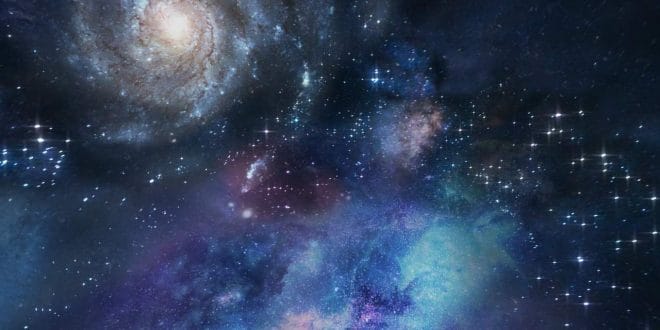Summary:
Stars form in galaxies from giant clouds of gas and dust called nebulae. These nebulae are nurseries where new stars are born. Gravity causes the gas and dust in the nebula to clump together, forming dense cores. As these cores collapse under their own gravity, they heat up and eventually ignite nuclear fusion, becoming stars.
Explaining How Stars Form in Galaxies:
Imagine a cosmic nursery where stars are born—this is what happens in galaxies! Stars form from vast clouds of gas and dust called nebulae, where gravity works its magic to create new celestial wonders.
Formation of Nebulae:
Nebulae are giant clouds of gas and dust scattered throughout galaxies. These clouds are leftovers from the formation of the galaxy itself, as well as the remnants of dying stars. Nebulae come in different shapes and sizes, but they all serve as the building blocks for new stars.
Gravity at Work:
Within a nebula, gravity begins to pull together the gas and dust particles, causing them to clump together into dense regions known as cores. As these cores grow larger and more massive, their gravitational pull becomes stronger, drawing in even more material from the surrounding nebula.
Collapse and Ignition:
As the cores continue to accumulate material, they eventually reach a point where they become so dense and hot that nuclear fusion ignites in their cores. Nuclear fusion is the process by which stars generate energy, converting hydrogen into helium and releasing vast amounts of light and heat in the process.
Birth of a Star:
Once nuclear fusion begins, the core becomes a newborn star, shining brightly in the darkness of space. The intense energy released by nuclear fusion creates outward pressure that counteracts the force of gravity trying to collapse the star further. This balance between gravity and energy production allows the star to shine steadily for millions or even billions of years.
Variety of Stars:
Stars come in a variety of sizes, temperatures, and colors, depending on their mass and composition. Some stars are massive and hot, shining with a blue-white brilliance, while others are smaller and cooler, emitting a reddish glow. Each star has its own unique properties and characteristics.
Continued Star Formation:
Star formation is an ongoing process in galaxies, with new stars being born continuously from nebulae throughout the universe. As old stars die and release their material back into space, it becomes fuel for the formation of new stars, completing the cycle of stellar birth and death.
Stars form in galaxies from giant clouds of gas and dust, where gravity pulls the material together to create new celestial wonders. From the humble beginnings of a nebula to the fiery birth of a star, the process of star formation is one of the most remarkable and awe-inspiring phenomena in the universe.
 Lifeved The Keys to a Better
Lifeved The Keys to a Better



 by
by